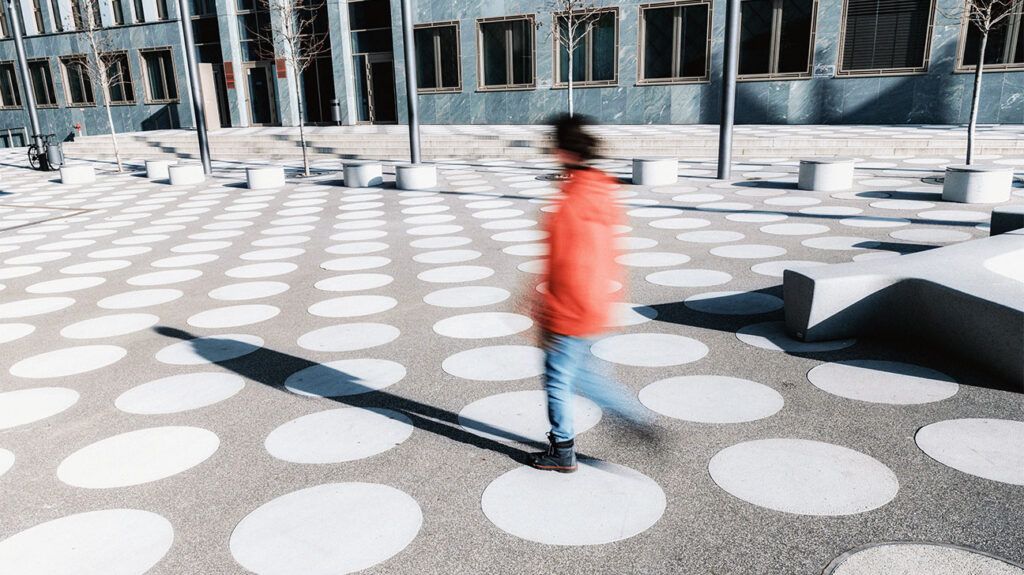White spots on nails are not usually a cause for concern. They often result from an injury but may also indicate an underlying health condition, such as liver disease or anemia. Treatment can depend on the cause.
White spots can sometimes appear on the nail. Doctors may refer to this as “punctate leukonychia”. There are several types of leukonychia.
This article discusses white spots on nails on the nails in more detail, including possible causes, treatment, and prevention.

Total leukonychia refers to a condition where the whole nail plate is totally white in color.
Another type is partial leukonychia. There are
- Punctate leukonychia, which presents as small white spots.
- Longitudinal leukonychia, which presents as a white band down the nail.
- Striate or transverse leukonychia, where one or more horizontal lines appear across the nail, parallel to the lunula. Doctors may also call them Mees lines.
Patches of white skin, known as leukoderma, underneath the nail can sometimes give the impression of partial leukonychia.
Leukonychia can be divided into two other types – true or apparent.
True leukonychia describes when damage to the nail causes the white spot or line. With true leukonychia, the white areas remain unaffected when pressure is put on them. These areas will grow out as the nail does.
Apparent leukonychia occurs when the bed underneath the nail is affected. With apparent leukonychia, the nail bed affects the color of the nail plate. It will lessen or disappear under pressure and will not grow out with the nail.
Leukonychia can be caused by a variety of different factors, depending on the type.
Trauma
Injury to the nail plate or the area where the nail grows from, known as the matrix, can cause damage to the nail. This type of injury is common in children and is usually the cause of white spots on the nail.
The types of injury that may cause this include:
- nail biting
- manicures
- day-to-day nail injuries, like knocks or bangs
- footwear that is too small, causing abnormal pressure on the nails
As a result of these injuries, the spot will grow out with the nail.
Poisoning and drugs
Some forms of poisoning or medication can also cause leukonychia. This cause is relatively rare and often results in transverse leukonychia.
Poisoning and medication that can lead to white areas on or under the nails include:
- heavy metal poisoning, from metals like lead and arsenic
- chemotherapy treatment for cancer, which is either given by mouth, injection, or infusion through the skin to try and kill cancer cells or stop them from dividing
- sulphonamides, which are a type of antibiotic
Systemic illness
Systemic diseases can also cause white nails. If so, they are a signal that there is a problem elsewhere in the body. Again, this is rarely the cause of white spots.
Illnesses that may lead to white nails include:
- iron deficiency anemia
- liver cirrhosis
- kidney disease
- heart failure
- diabetes
- problems with the digestion of proteins
- an excessive loss of proteins in the intestines
- zinc deficiency
- hyperthyroidism
- psoriasis
Fungal disease, other infections, or skin disease around the nail can also cause white spots to appear.
Nails grow slowly. Complete regrowth for a fingernail takes between 6-9 months, while a toenail takes between 12-18 months. As a result, the presence of white spots or nails could be the sign of an injury or condition that occurred, or began, several months before.
Hereditary causes
In very rare cases, white nails can be a genetic condition. However, this is usually only because of the presence of rare, complex syndromes, such as:
- Darier disease, which involves wart-like blemishes on various parts of the body
- Hailey-Hailey disease, which involves nail problems and blisters on certain areas of skin
- Bart-Pumphrey syndrome, which
involves nail problems, knuckle issues, and deafness - Buschkell-Gorlin syndrome, which involves nail problems, skin cysts and kidney stones
- Bauer syndrome, which
involves nail problems and skin cysts
Treatment will depend on the cause of the white spots. If a doctor is uncertain of the cause, there are several tests that they may use to help them make a diagnosis, such as:
- mycology, where a doctor sends fungi and nail clippings away for analysis
- nail biopsy, where a doctor removes a small piece of tissue for testing
- blood tests, to identify if a person is living with a systemic disease
There is no treatment for just white spots on their own. Those that have been caused by trauma will naturally grow out over time.
If something other than trauma has caused them, the doctor will need to identify the cause and treat it separately.
If someone has any concerns over white spots on their nails, they should go and see a doctor.
There are ways that a person can prevent white spots appearing again. Preventive steps
- avoiding contact with irritant substances
- avoiding excessive use of nail polish
- cutting nails short
- stopping the nails from becoming dry by using moisturizer after washing
In most cases, white spots on the nail are not a problem and will go away in time.
Doctors may refer to white spots on the nails as “punctate leukonychia”. These spots typically result from injury to the nail. However, in some cases, they may indicate other health conditions.
White spots on nails resulting from injury often grow out on their own without treatment. If the spots have formed due to an underlying condition, treatments a doctor recommends may vary depending on the condition.
People should contact a healthcare professional if they are concerned about white spots on their nails.
